Home>Garden Essentials>How To Seed Pomegranate
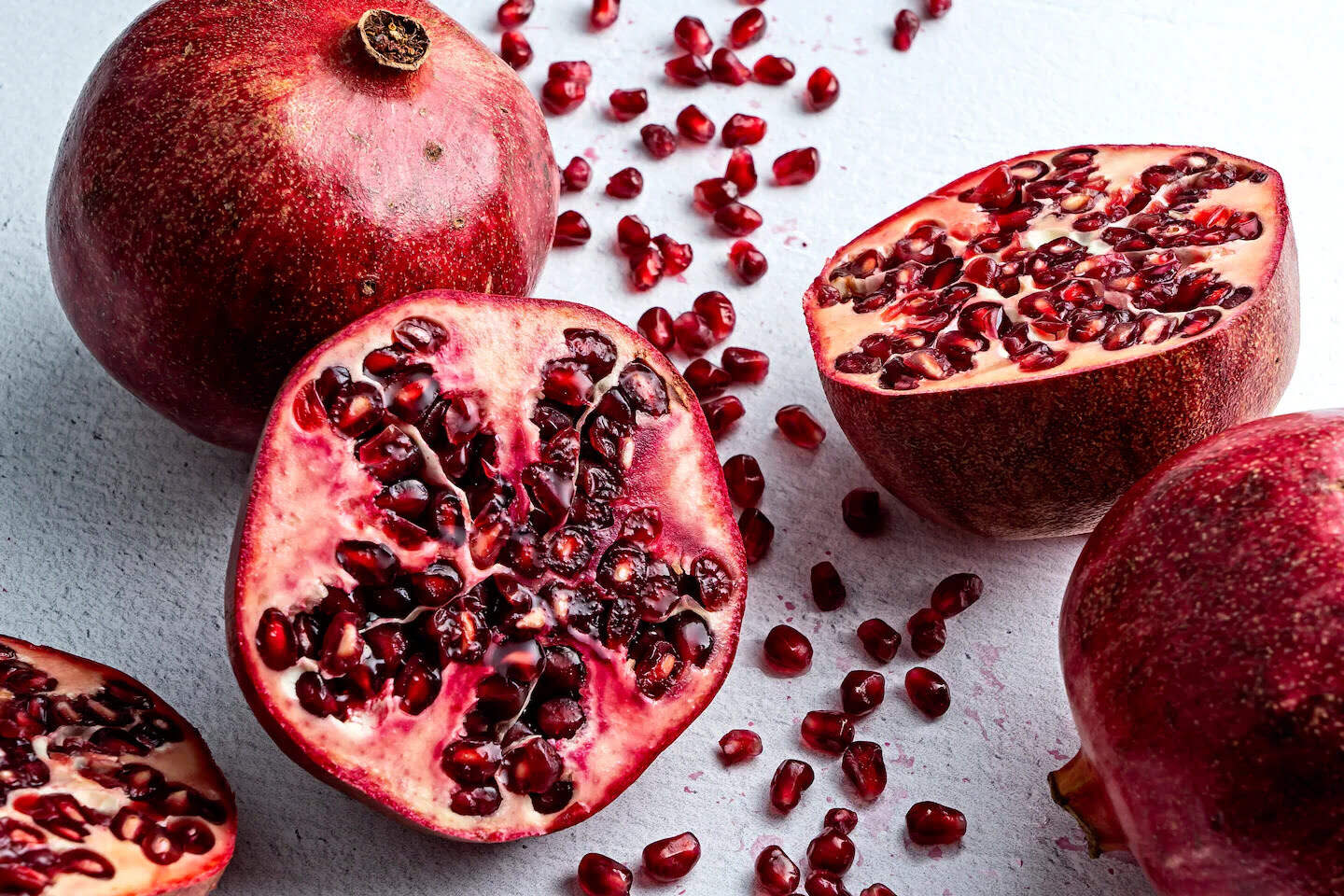

Garden Essentials
How To Seed Pomegranate
Modified: March 15, 2024
Learn how to seed pomegranate in your garden with our easy step-by-step guide. Enjoy fresh and delicious pomegranate seeds from your own backyard!
(Many of the links in this article redirect to a specific reviewed product. Your purchase of these products through affiliate links helps to generate commission for Storables.com, at no extra cost. Learn more)
Introduction
Seeding a pomegranate may seem like a daunting task, but with the right techniques, it can be a breeze. Pomegranates are not only delicious and refreshing, but they are also packed with antioxidants and nutrients that can boost your overall health. Whether you want to enjoy the sweet-tart taste of pomegranate seeds on their own, or add them to salads, desserts, or even savory dishes, knowing how to seed a pomegranate properly is essential.
In this article, we will guide you through various methods to seed a pomegranate, helping you choose the best technique that suits your needs. We will also provide some valuable tips to make the process easier and minimize the mess. So, get ready to unlock the hidden gems within this vibrant fruit and elevate your culinary experience.
Key Takeaways:
- Seeding a pomegranate is easier than it seems! Choose a ripe fruit, pick a method (like cutting and scooping), and enjoy the antioxidant-packed, juicy seeds in your favorite dishes. Embrace the mess and savor the flavor!
- Get ready to unlock the hidden gems of pomegranates! Whether you tap, submerge, or roll, seeding this vibrant fruit is a fun and rewarding experience. Enjoy the burst of tartness and juiciness in your culinary creations!
Read more: How Many Pomegranate Seeds In A Pomegranate
Choosing a Ripe Pomegranate
Before you can start seeding a pomegranate, it’s crucial to choose a ripe fruit that is bursting with flavor. Here are a few tips to help you select the perfect pomegranate:
- Size: Look for a pomegranate that is medium-sized, neither too small nor too large. It should feel heavy for its size, indicating that it is juicy.
- Color: Ripe pomegranates have a deep and vibrant red color. Avoid fruits that have a greenish hue or appear pale, as they may not be fully ripe.
- Texture: The skin of a ripe pomegranate should be smooth and firm. Avoid fruits with blemishes, cracks, or soft spots, as these are signs of overripeness or damage.
- Sound: Gently tap the pomegranate with your fingers. A ripe fruit will produce a metallic, hollow sound. If it sounds dull or solid, the fruit may not be ripe.
It’s worth noting that pomegranates continue to ripen after they are picked, so you can choose slightly underripe fruits and allow them to fully ripen at home. However, be cautious not to select overly ripe or damaged pomegranates, as they may have a compromised flavor and texture.
Preparing to Seed a Pomegranate
Now that you’ve chosen a ripe pomegranate, it’s time to prepare it for seeding. Here’s what you need to do:
- Wash the pomegranate: Start by washing the pomegranate under cold water to remove any dirt or debris from its surface. Pat it dry with a clean towel.
- Gather your tools: You will need a sharp knife, a cutting board, a bowl, and a wooden spoon or rolling pin.
- Choose your method: Decide which method you want to use to seed the pomegranate. The four popular methods are the cutting and scooping method, the tapping method, the submerging method, and the rolling method. Each method has its own advantages, so choose the one that suits you best.
Once you’ve completed these initial steps, you’re ready to move on to seeding the pomegranate using your chosen method. Keep in mind that no matter which method you choose, it’s a good idea to work over a bowl or a cutting board to catch any juice that may splatter during the process. This will make cleanup easier and prevent stains on your countertops or clothing.
So, grab your pomegranate and get ready to unlock the juicy goodness inside!
Method 1: Cutting and Scooping Method
The cutting and scooping method is one of the most common and straightforward ways to seed a pomegranate. Here’s how to do it:
- Start by cutting off the crown: Using a sharp knife, carefully cut off the crown of the pomegranate, about half an inch deep. This will expose the seeds inside.
- Make vertical cuts: Place the pomegranate on its flat end and make a few shallow vertical cuts from top to bottom, following the natural ridges of the fruit. Be careful not to cut too deep to avoid piercing the seeds.
- Gently pry the sections apart: Hold the pomegranate with both hands and gently pull the sections apart along the cuts you made. The fruit will naturally break into smaller segments.
- Loosen the seeds: Working over a bowl or a cutting board, hold one segment of the pomegranate with your fingers and use your other hand to gently tap the back of the segment with a wooden spoon or a rolling pin. This will help loosen the seeds and allow them to fall into the bowl.
- Repeat with the remaining segments: Continue separating the segments and tapping them to release the seeds. As you work through all the segments, the bowl will gradually fill up with beautiful pomegranate seeds.
Once you’ve finished seeding the pomegranate using the cutting and scooping method, you can remove any residual pith or membrane by gently skimming the seeds with a spoon. Now, you have a bowl full of fresh and delicious pomegranate seeds that are ready to enjoy or incorporate into your favorite recipes.
This method is great for those who prefer a hands-on approach, as it allows you to have complete control over the process and ensures that you extract as many seeds as possible. Give it a try and see how easy it is to seed a pomegranate using the cutting and scooping method!
Method 2: Tapping Method
If you’re looking for a faster and mess-free way to seed a pomegranate, the tapping method is a great option. This method involves using the back of a wooden spoon or a sturdy utensil to gently tap the pomegranate, causing the seeds to fall out. Here’s how to do it:
- Start by cutting off the crown: Use a sharp knife to cut off the crown of the pomegranate, similar to the cutting and scooping method.
- Hold the pomegranate: Hold the cut end of the pomegranate firmly in one hand, with your fingers curled slightly for stability.
- Tap the pomegranate: Take the back of a wooden spoon or a sturdy utensil and gently tap the top of the pomegranate, applying light pressure. This tapping motion will help dislodge the seeds and make them fall out.
- Rotate and tap: As you tap, rotate the pomegranate slowly to ensure that all the seeds are released from every side. Continue tapping until most of the seeds have fallen out.
- Finish by cutting and scooping: If there are any remaining seeds or clusters of seeds, you can cut the pomegranate into sections and use a spoon to scoop them out.
The tapping method is a quick and efficient way to seed a pomegranate, especially when you’re dealing with large quantities. It minimizes the risk of juice splatter and keeps your hands relatively clean throughout the process.
After you’ve completed the tapping method, you can enjoy the bountiful harvest of fresh pomegranate seeds. They are perfect for snacking, adding to salads, topping yogurt or desserts, or incorporating into various recipes to enhance their flavor and visual appeal.
Give the tapping method a try and experience the convenience and ease of extracting pomegranate seeds with a simple tap!
To seed a pomegranate, cut it in half and hold it over a bowl of water. Gently tap the back with a spoon to release the seeds, which will sink to the bottom while the pith floats.
Read more: How To Seed A Pomegranate In Water
Method 3: Submerging Method
If you’re looking for a quick and efficient way to seed a pomegranate while minimizing mess and effort, the submerging method is a great option. This method involves using water to separate the seeds from the pith and membrane. Here’s how to do it:
- Start by cutting off the crown: Use a sharp knife to cut off the crown of the pomegranate, similar to the previous methods.
- Score the pomegranate: Make a shallow incision around the circumference of the pomegranate, being careful not to cut too deep. This will help you easily break it apart later.
- Place the pomegranate in a bowl of water: Fill a large bowl with water and submerge the pomegranate in it. Make sure the water covers the fruit completely.
- Break the pomegranate apart: Use your hands to gently break the pomegranate apart into sections along the scored lines.
- Remove the seeds: Working underwater, use your fingers to separate the seeds from the pith. The seeds will sink to the bottom of the bowl, while the pith and membrane will float to the surface.
- Skim off the pith and membrane: Use a slotted spoon or your hands to skim off the floating pith and membrane from the surface of the water.
- Strain and collect the seeds: Pour the contents of the bowl through a strainer to separate the seeds from the water. Rinse the seeds under cold water to remove any remaining pith.
Once you’ve completed the submerging method, you will be left with a bowl of clean pomegranate seeds ready to be enjoyed. This method is not only efficient but also helps reduce the mess and keeps your hands relatively clean throughout the process.
Now that you know how to seed a pomegranate using the submerging method, you can easily add these delicious seeds to your favorite dishes or enjoy them on their own. Incorporate them into salads, smoothies, desserts, or use them as a colorful and nutritious garnish. The possibilities are endless!
Give the submerging method a try and discover a hassle-free way to extract pomegranate seeds with ease.
Method 4: Rolling Method
The rolling method is a unique and fun technique to seed a pomegranate. This method involves gently rolling the fruit to release the seeds, allowing for easy extraction. Here’s how to do it:
- Start by cutting off the crown of the pomegranate with a sharp knife, similar to the previous methods.
- Hold the pomegranate firmly in one hand, with the cut end facing downward.
- With your other hand, gently press the pomegranate against a flat surface, such as a countertop or cutting board.
- Apply moderate pressure and roll the pomegranate back and forth while maintaining downward pressure. This rolling motion will help break apart the seeds from the pith and membrane.
- Continue rolling for about 30 seconds to a minute, or until you feel the seeds loosening inside the fruit.
- Once the seeds are loosened, take a sharp knife and make a small incision near the crown end of the pomegranate.
- Hold the pomegranate over a bowl or cutting board and gently separate the sections along the incision. The seeds will easily fall out, while the pith and membrane will remain intact.
The rolling method is not only a unique way to seed a pomegranate, but it is also an engaging activity that can be enjoyed by both children and adults. It’s a great way to involve the whole family in the kitchen and create fond memories.
After completing the rolling method, you will have a bowl full of beautiful pomegranate seeds ready to be savored. These seeds can add a burst of flavor, color, and texture to various dishes, desserts, or beverages.
Give the rolling method a try and experience the joy of extracting pomegranate seeds with a playful twist!
Tips for Seeding Pomegranates
Seeding a pomegranate can be a delightful and rewarding experience, but it can also be a bit messy. Here are some helpful tips to make the process easier and more enjoyable:
- Work in a large, deep bowl or on a cutting board to catch any juice that may escape during the seeding process. This will help minimize mess and make cleanup a breeze.
- Wear an apron or old clothing to protect yourself from potential juice splatters. Pomegranate juice can leave stains on clothes, so it’s best to dress appropriately.
- If you’re concerned about the juice squirting out, you can wear protective gloves to keep your hands clean and prevent any staining.
- To extract the maximum number of seeds, avoid cutting too deep into the pomegranate when using the cutting and scooping method. This will help minimize the amount of pith that gets mixed with the seeds.
- If you prefer to avoid the mess altogether, choose the tapping or submerging method, as they are less likely to result in juice splatters.
- If you’re running short on time or prefer convenience, many grocery stores offer pre-packaged pomegranate seeds. While they may save you time, they may be less fresh compared to seeding your own.
- Incorporate the leftover pith and membrane into your compost bin or use them for making pomegranate-infused water or tea.
- Instead of discarding any leftover juice, you can use it as a flavorful addition to cocktails, marinades, salad dressings, or even as a base for homemade popsicles.
- Remember to enjoy the process! Seeding a pomegranate can be a meditative and calming activity. Embrace the rhythm of the task and let it become a moment of mindfulness in your day.
By following these tips, you’ll be able to seed pomegranates with ease, while minimizing mess and maximizing enjoyment of this delicious and healthy fruit.
Conclusion
Seeding a pomegranate may seem like a daunting task at first, but with the right techniques and a little practice, it can become second nature. Whether you choose to use the cutting and scooping method, the tapping method, the submerging method, or the rolling method, each technique offers its own unique benefits and can make the process easier and more efficient.
The key to successfully seeding a pomegranate is choosing a ripe fruit, preparing it properly, and employing the method that works best for you. Remember to work over a bowl or cutting board to catch any juice that may escape, wear protective clothing if desired, and embrace the messiness and joy of extracting those vibrant ruby-red seeds.
Not only are pomegranate seeds delicious and refreshing, but they are also packed with antioxidants and nutrients that can support a healthy lifestyle. Incorporate them into your diet by enjoying them on their own, adding them to salads, desserts, or savory dishes. The burst of tartness and juiciness they provide will elevate your culinary creations and delight your taste buds.
So, the next time you come across a ripe pomegranate, don’t be intimidated. Armed with the knowledge and techniques shared in this article, you can confidently seed the fruit and unlock its hidden gems. Seeding a pomegranate can be a satisfying and rewarding experience that connects you with the beauty and bounty of nature.
Now go ahead and seize the moment, indulge in the flavors of the season, and enjoy the deliciousness that pomegranates have to offer!
Frequently Asked Questions about How To Seed Pomegranate
Was this page helpful?
At Storables.com, we guarantee accurate and reliable information. Our content, validated by Expert Board Contributors, is crafted following stringent Editorial Policies. We're committed to providing you with well-researched, expert-backed insights for all your informational needs.
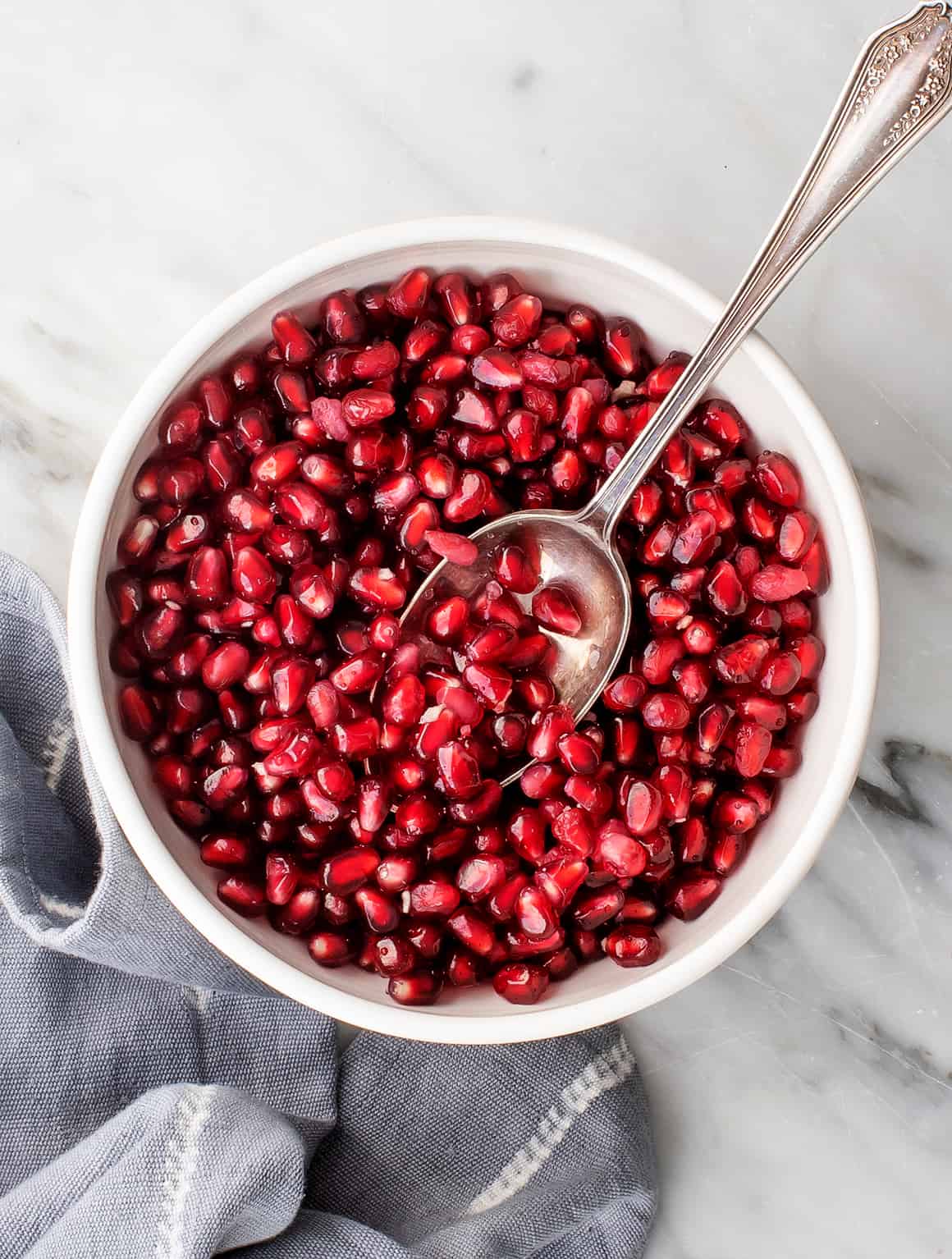
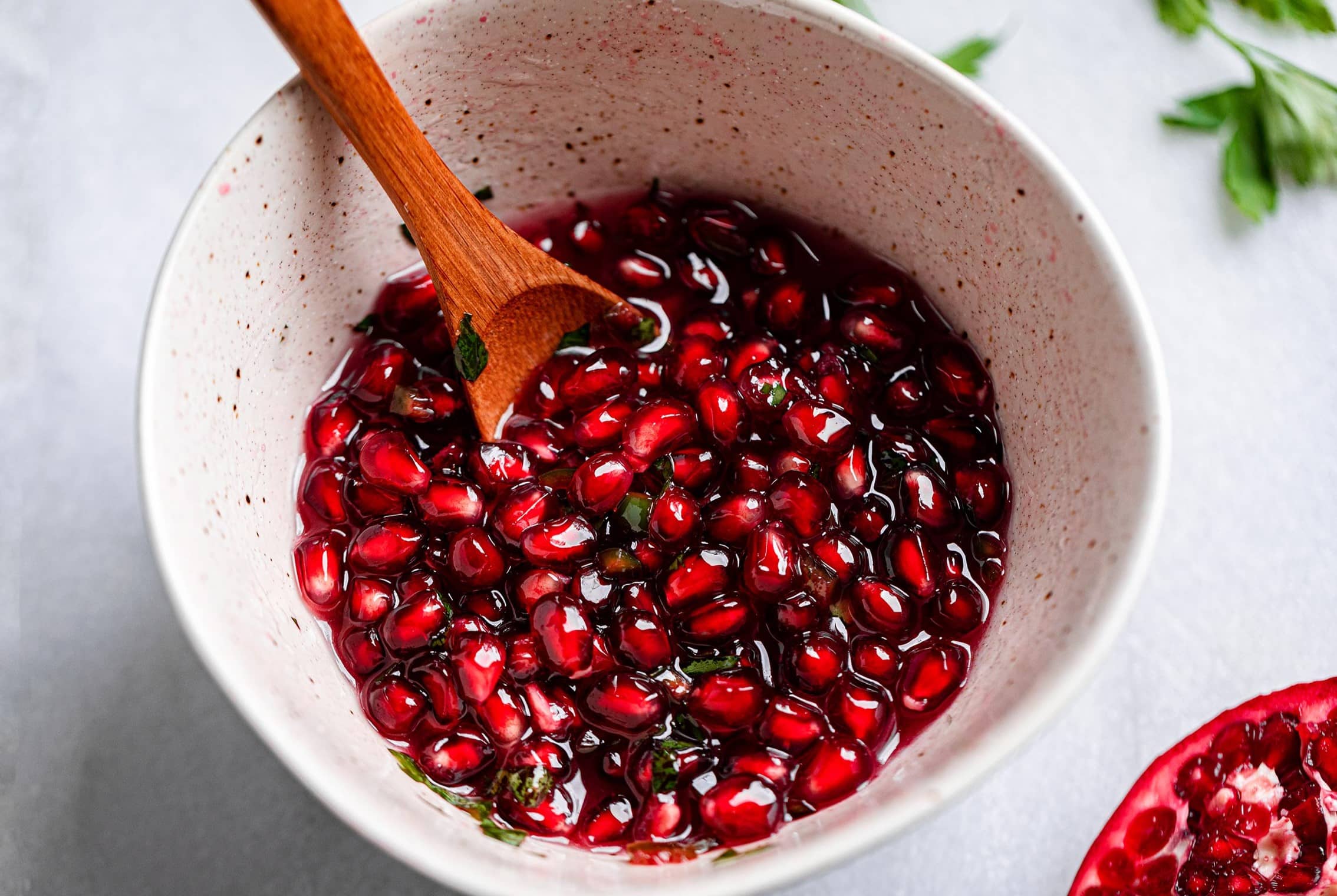
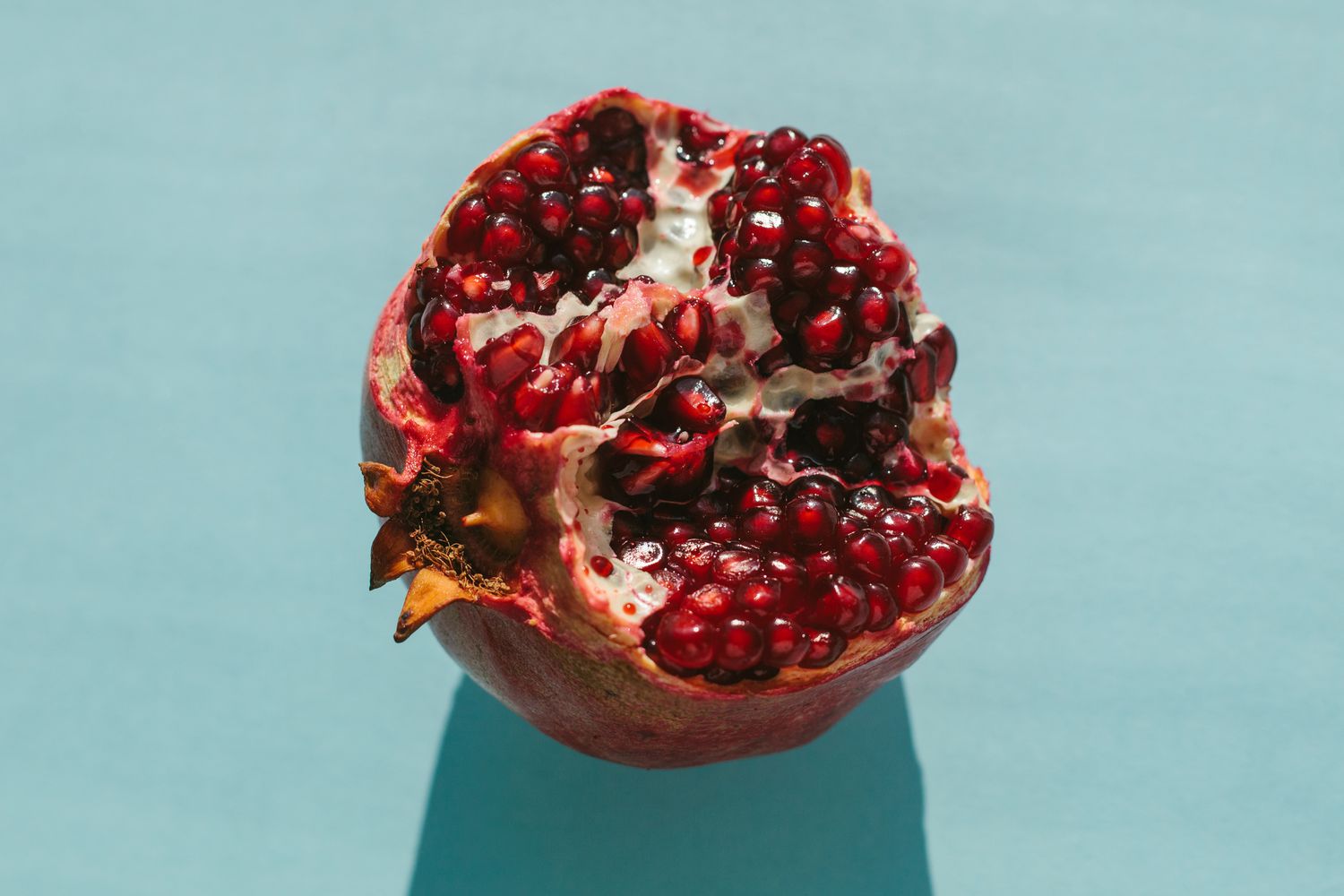
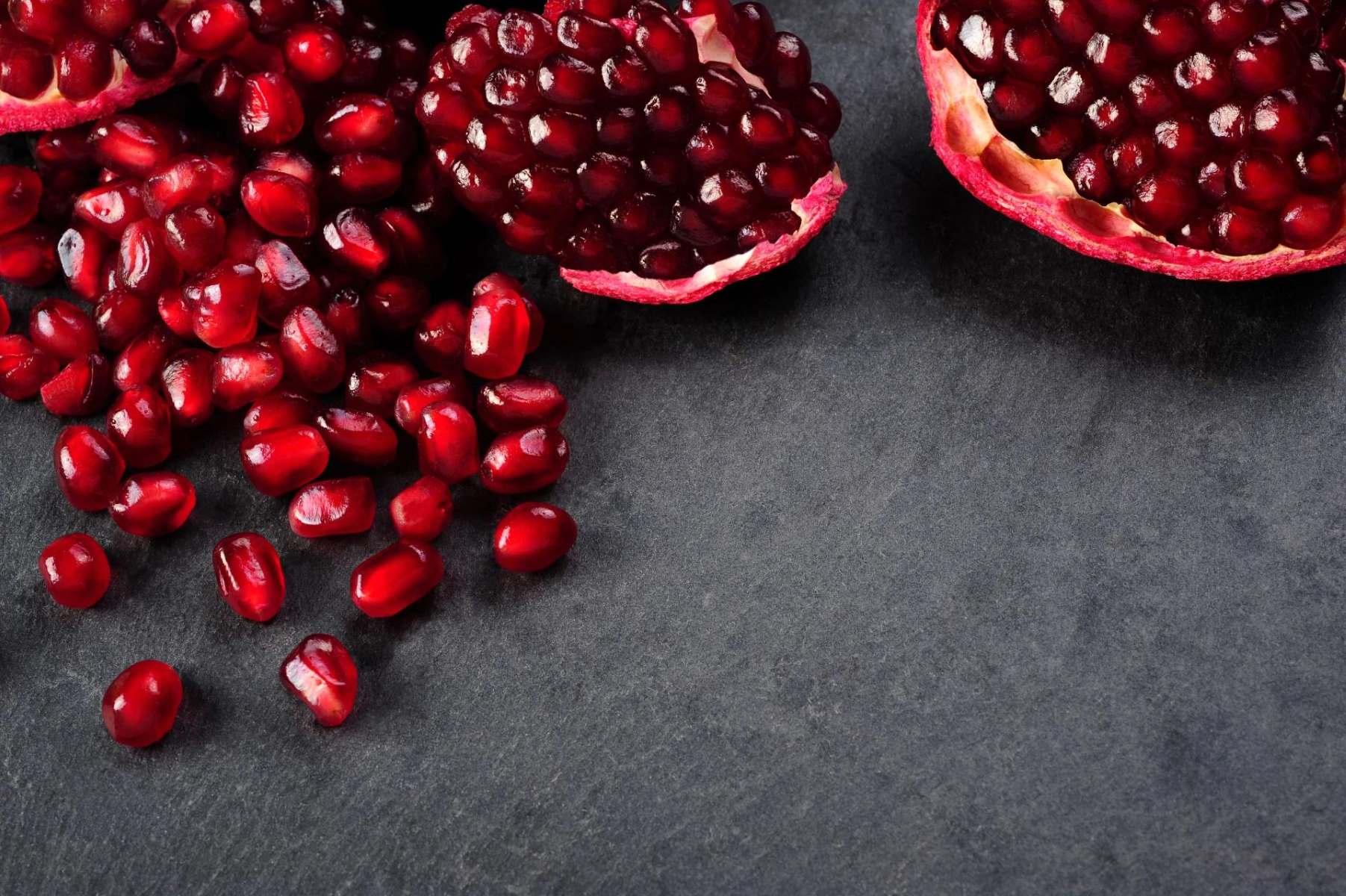

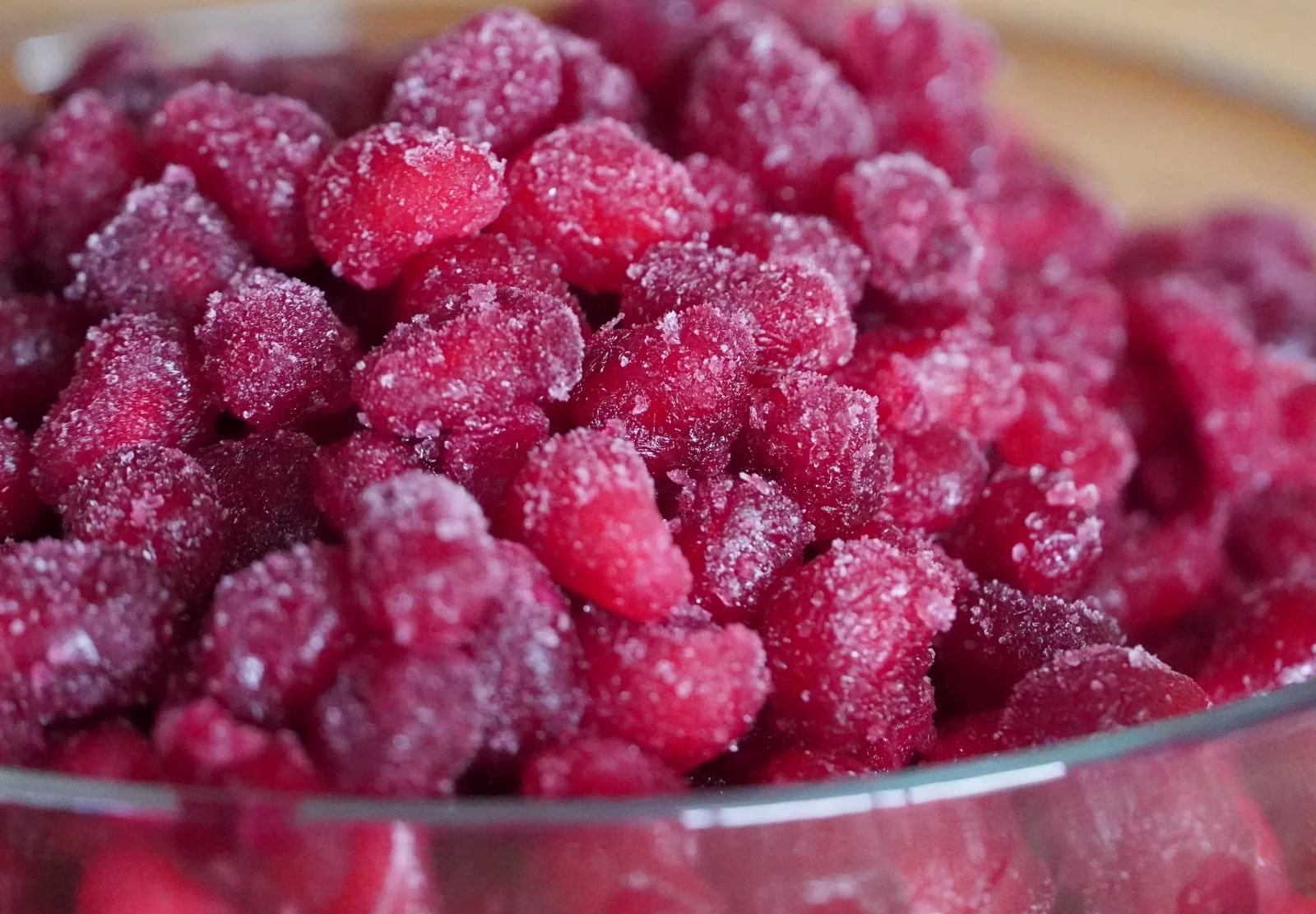
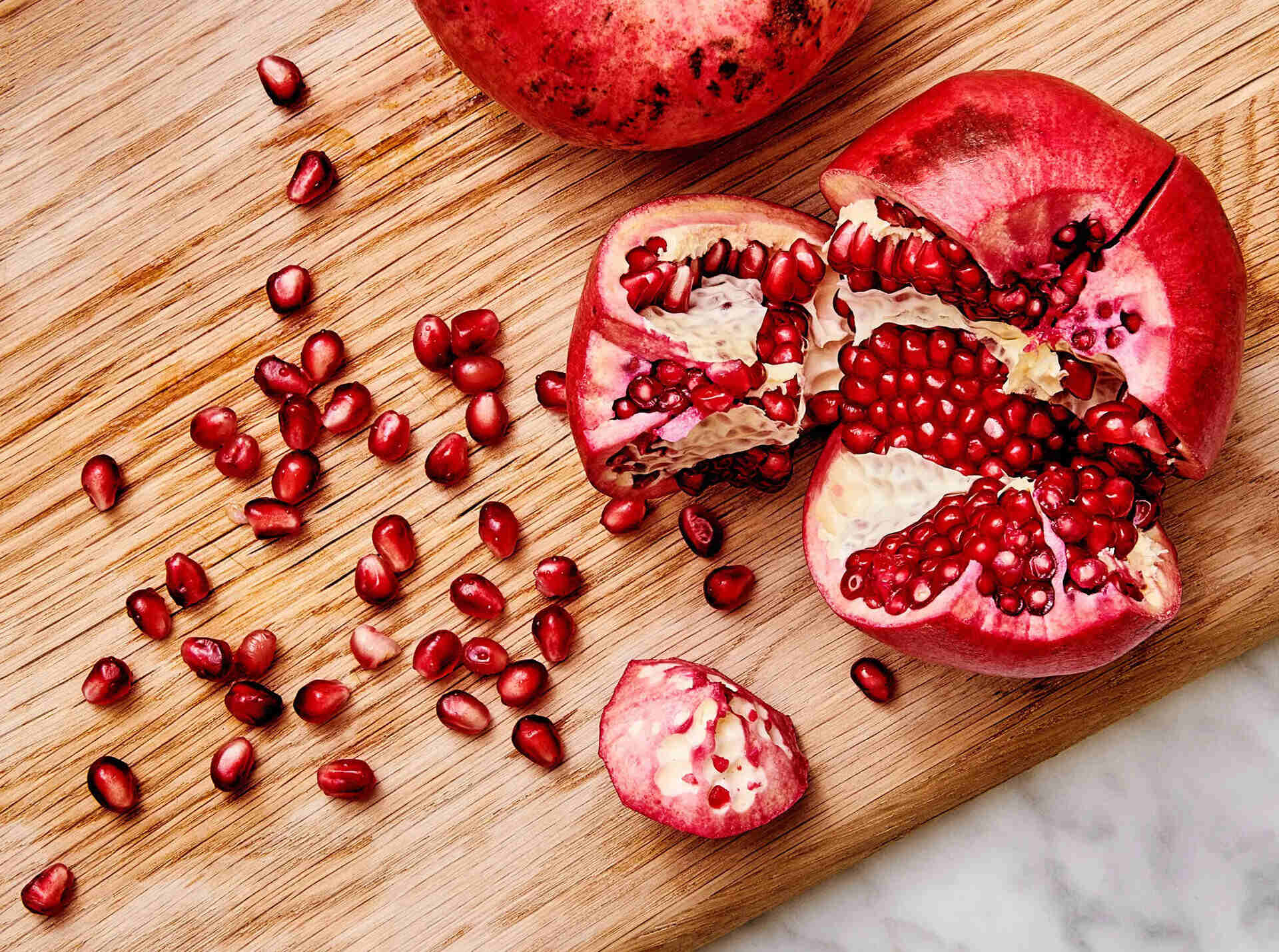
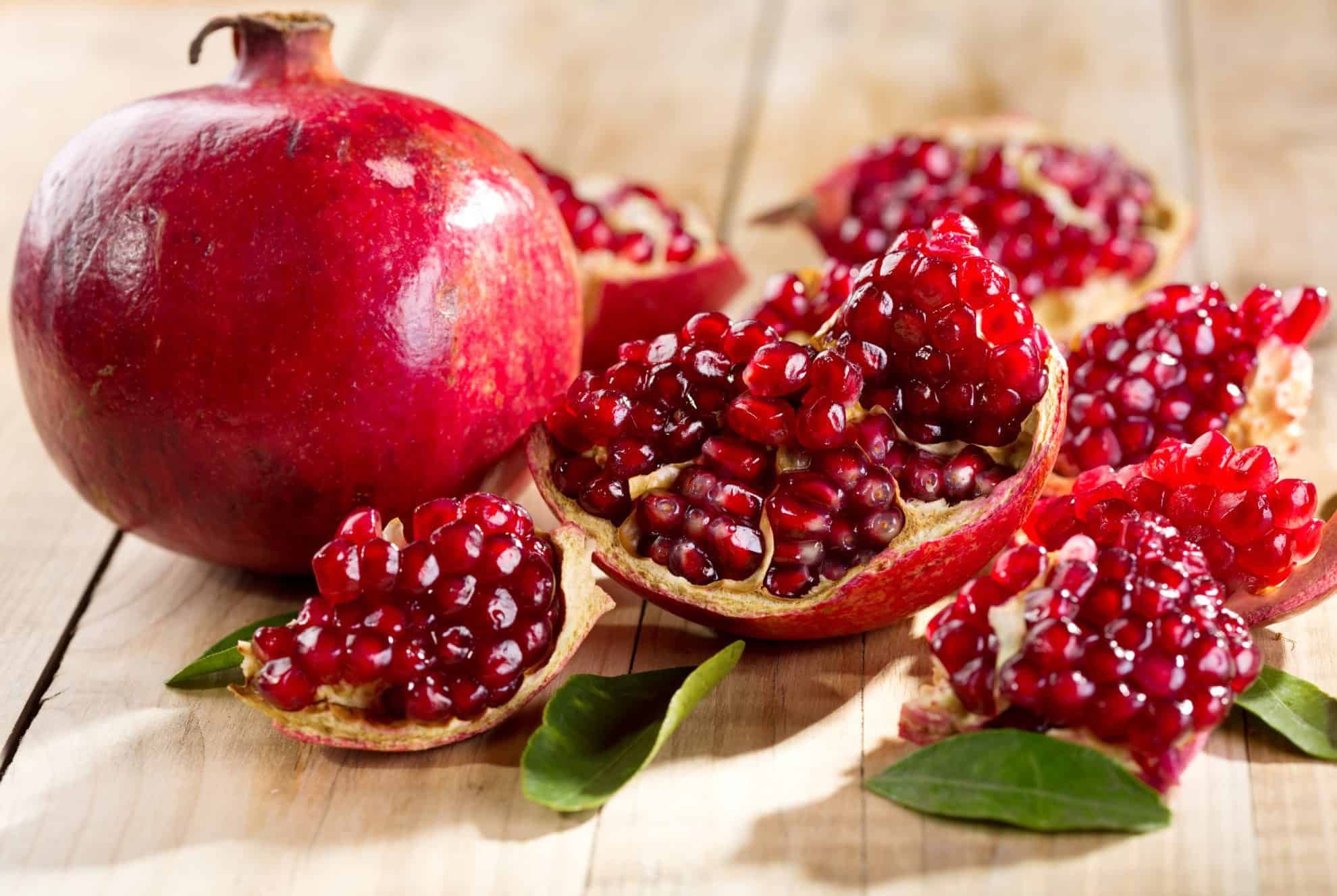
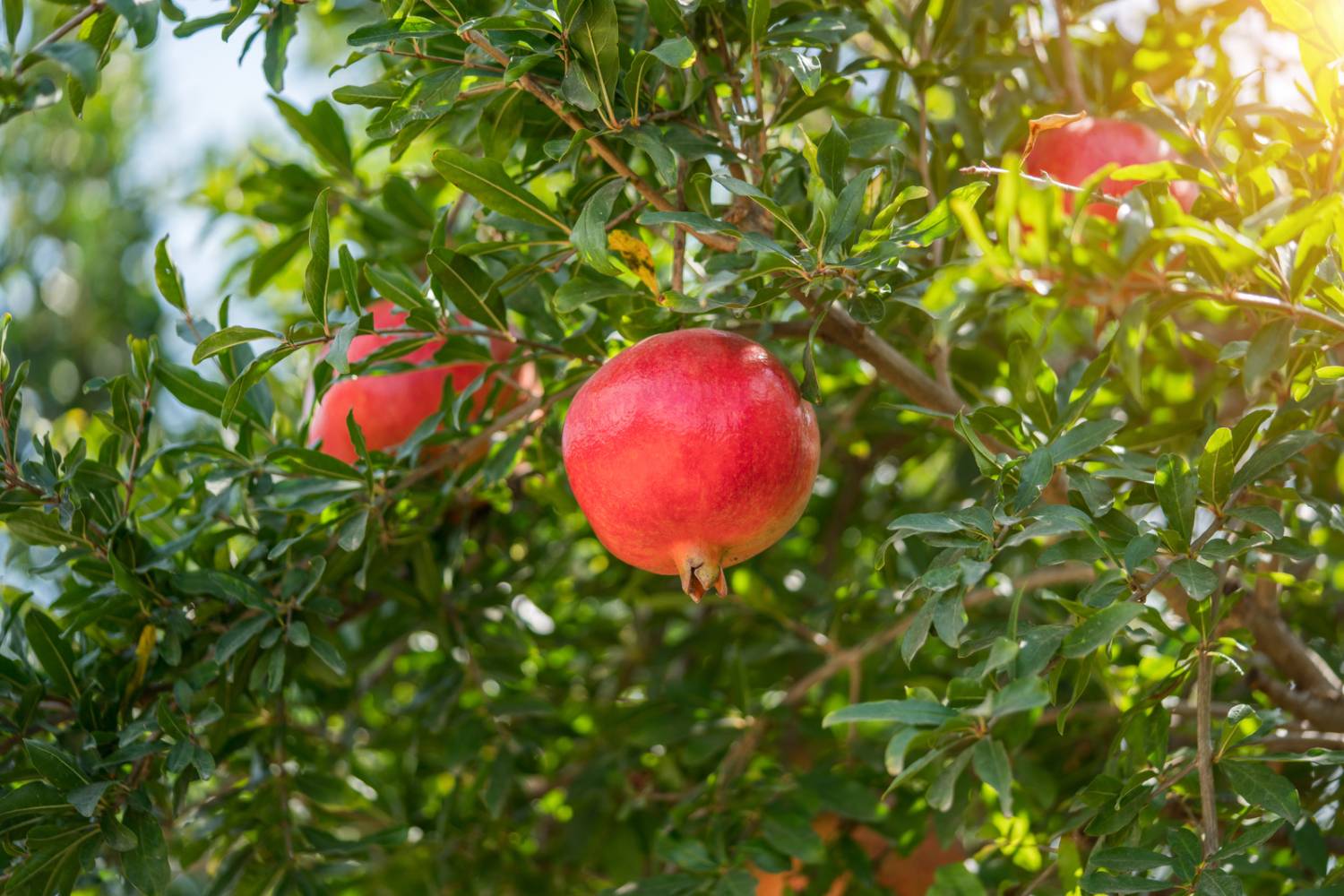
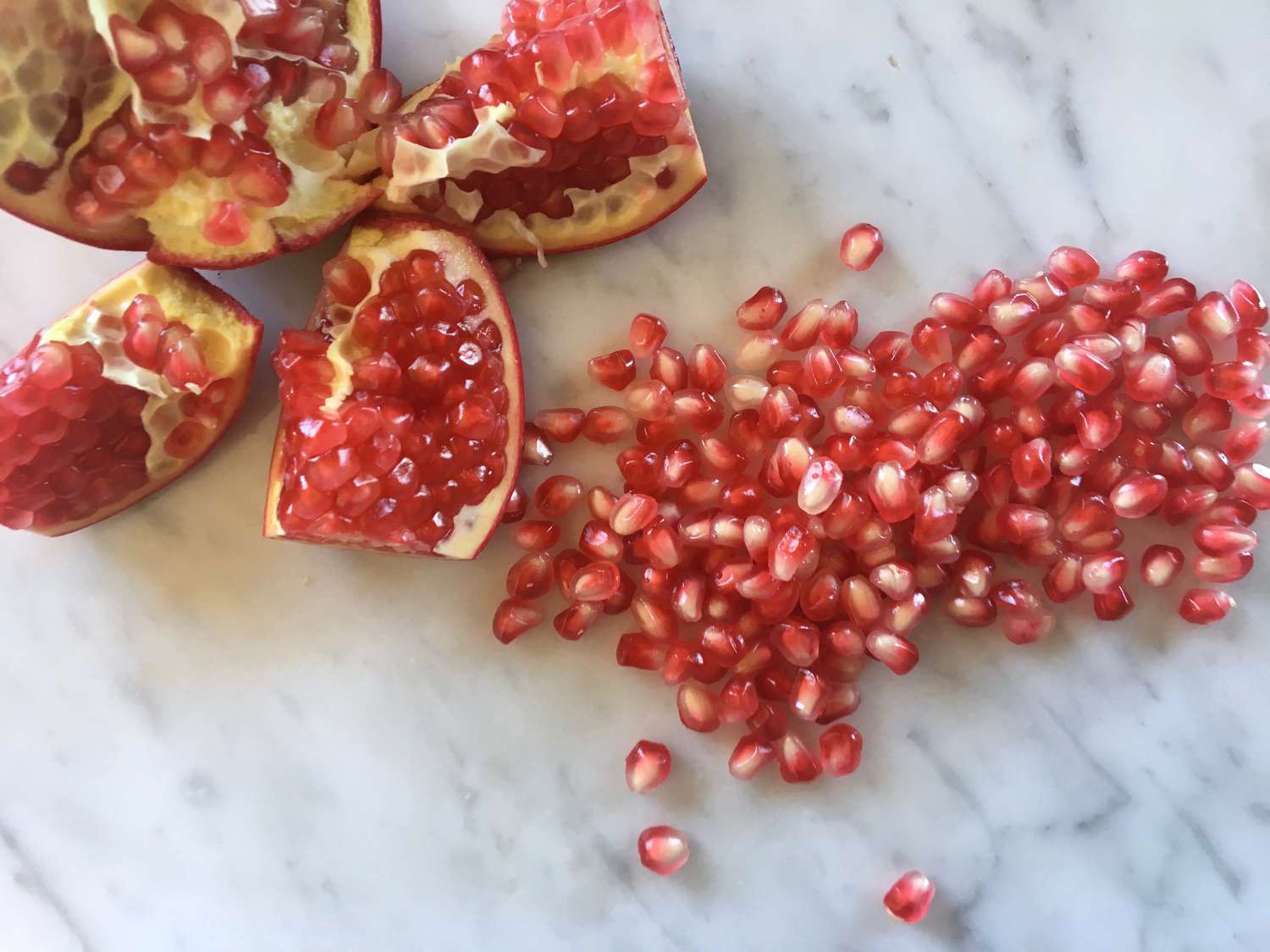
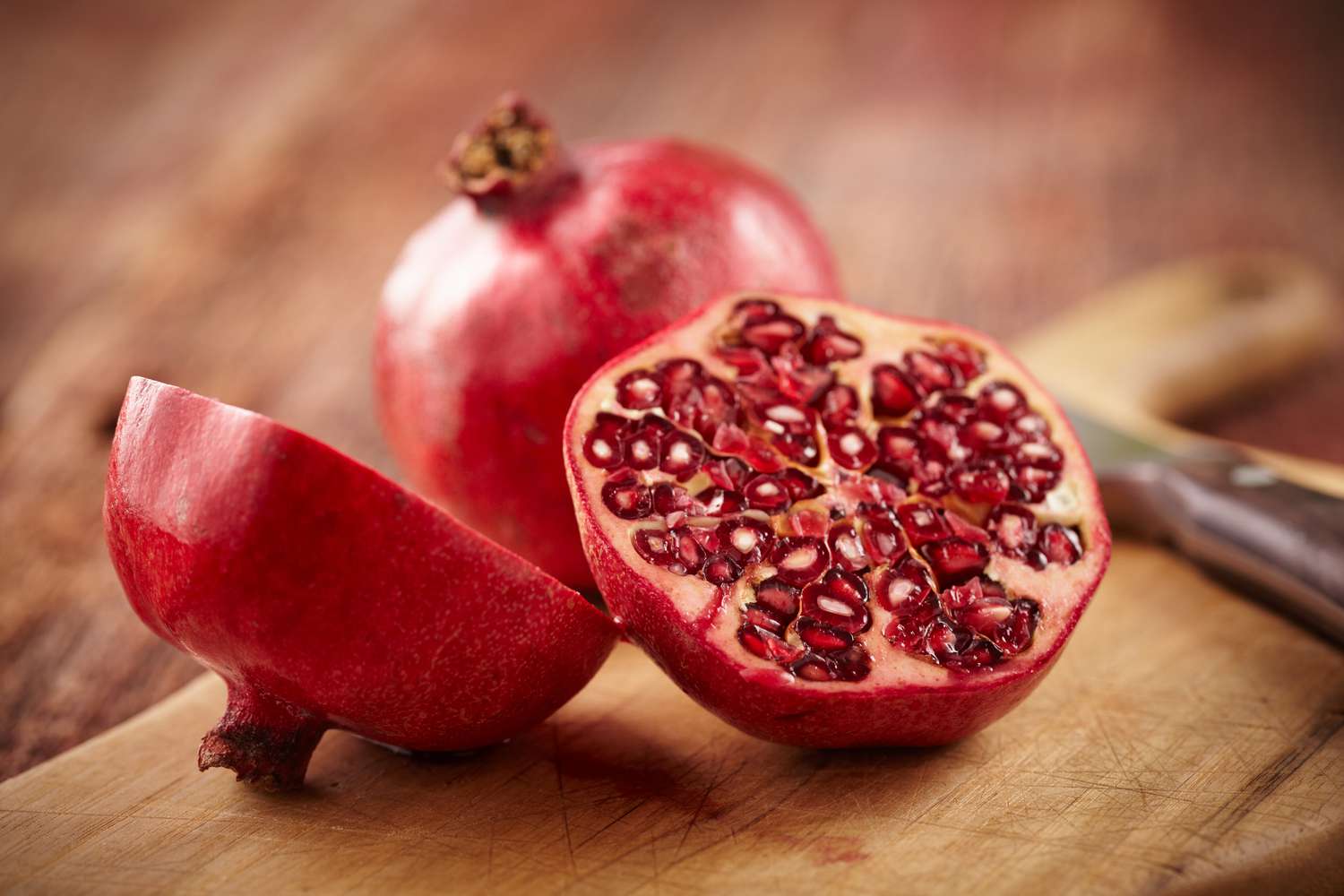
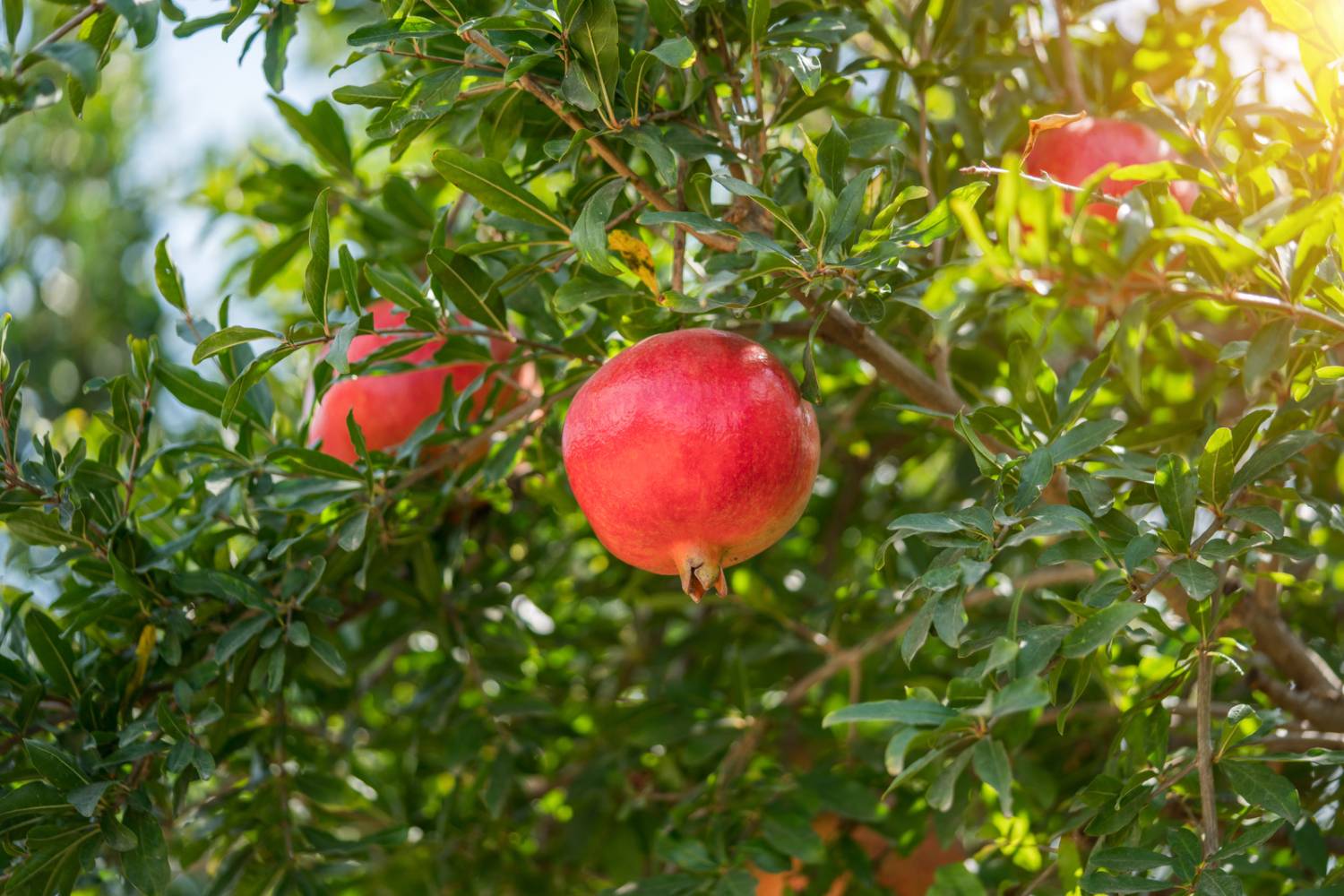
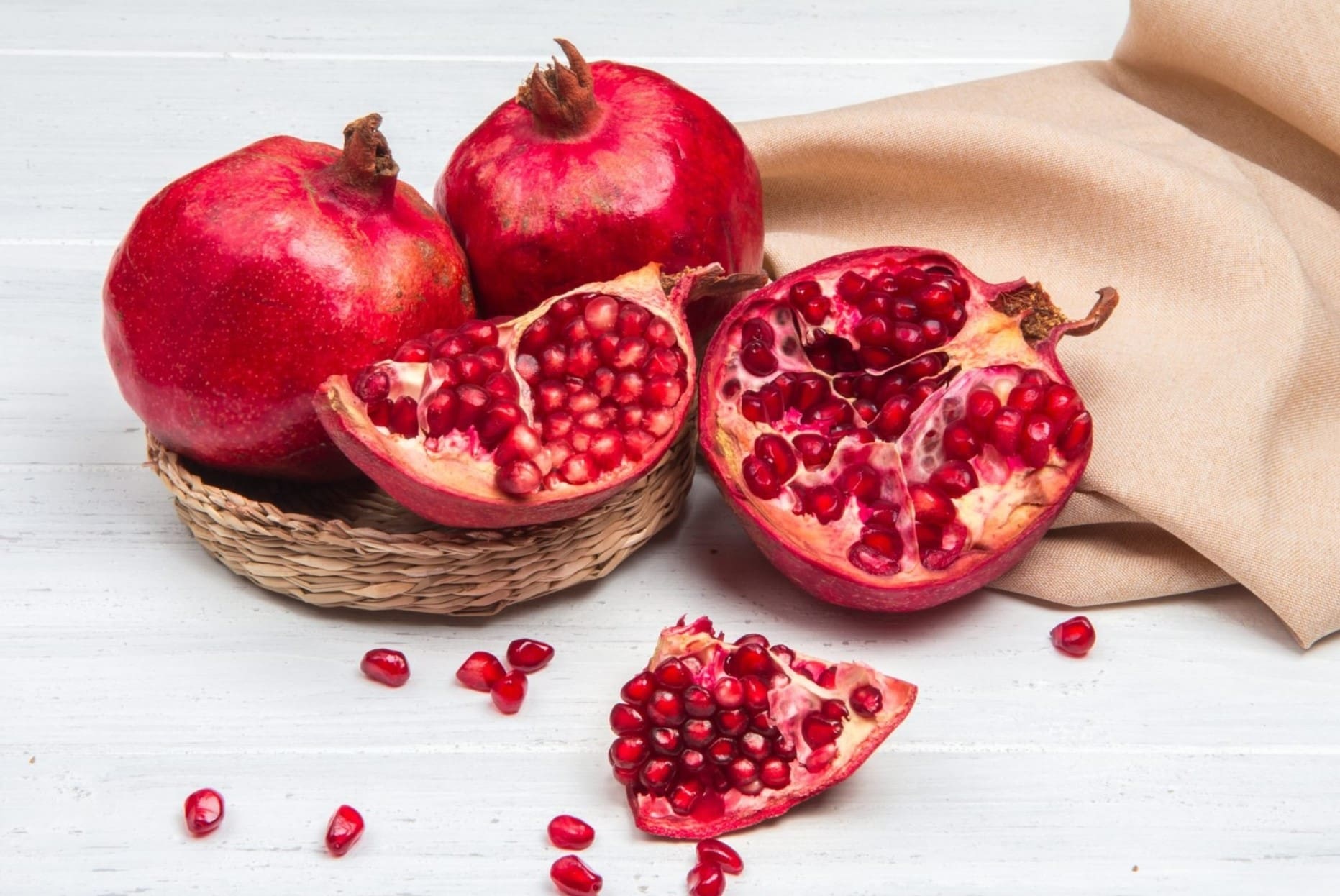
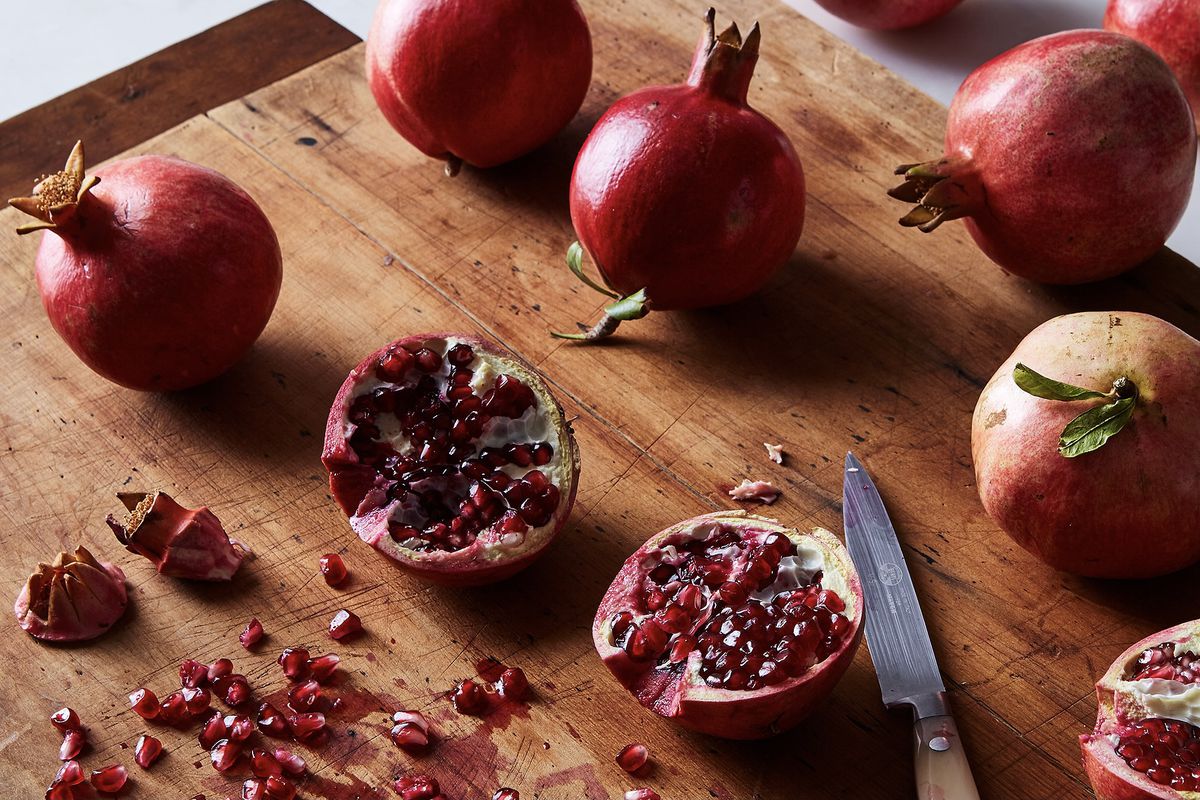

0 thoughts on “How To Seed Pomegranate”